Exploring Nest-In's Steel-Based Prefab Technology
Modernisation has reached the very core of the world we’re living in. Every industry, especially the construction industry, is striving to modernise itself to meet growing demands through technological advancements that can pave the way for a sustainable future.
When it comes to sustainable construction, Nest-In is at the forefront as one of the leading prefabricated construction solutions company in India. Its steel-based prefab technology emerges as a groundbreaking solution, offering a myriad of benefits that redefine construction approaches. This read explores the advantages of Nest-In's innovation in the prefab building space.
Benefits of Nest-In’s Steel-Based Prefab Construction Technology
Recyclable Components
Nest-In’s steel-based prefab technology embraces sustainability at its core. Unlike conventional construction materials that often end up in landfills, steel is highly recyclable. At the end of the product life cycle for Nest-In's prefab structures, the steel frames and other components can be reused or recycled.
Enhanced Fireproofing
Safety is paramount in construction, and Nest-In's steel prefab technology excels in this aspect. Steel is inherently fire-resistant, offering better protection against fire hazards compared to traditional construction materials. This feature not only enhances the safety of occupants but also reduces the risk of damage to prefab or modular homes and buildings in case of fire incidents. Additionally, the steel frames are treated with a special coating to further strengthen them against fire hazards. The walls of HabiNest (LGSF) structures are certified by an NABL-approved lab to withstand fire for up to 90 minutes.
Sturdy and Durable
Steel is renowned for its strength and durability. Structures built using steel are sturdy and capable of withstanding various environmental factors, including harsh weather conditions and seismic activities. Nest-In's prefab structures can withstand winds of up to 240 km/hour and seismic activity in Zones IV and V. This durability ensures longevity and reduces the need for frequent maintenance and replacement, ultimately contributing to a longer lifecycle and sustainability.
Lightweight Structures for Rooftops and Hilly Terrains
Steel's lightweight nature makes it an ideal choice for various construction applications, especially in rooftop and hilly terrain settings. Nest-In's prefab technology leverages this characteristic to create structures that are not only robust but also lightweight, reducing the load on existing structures and enabling construction in challenging terrains where traditional methods are impractical. For example, RCC construction in hilly terrains is difficult as deep foundations cannot be dug. Additionally, a rooftop extension using RCC construction will add a lot of load to the existing building, due to the heavy weight of the construction materials (bricks and cement).
Maximising Usable Space with Thinner Walls
One of the remarkable benefits of Nest-In's steel prefab technology is its ability to maximise usable space. Nest-In's prefab walls are 89 mm thick, while RCC walls are at least 125 to 150 mm thick. This results in more usable space within the structure, enhancing functionality and design versatility.
Nest-In’s Steel Prefab Technology: Embracing Modernisation and Building a Sustainable Future
Nest-In has embraced modernisation in the construction industry. It not only enhances a structure's aesthetic value but also its safety. Nest-In's steel-based prefab technology is changing the face of the construction industry, offering a sustainable, flexible, and efficient alternative to traditional methods. From enhanced fireproofing to recyclability, and from sturdiness to adaptability, the advantages of Nest-In's innovation underscore its potential to shape the future of construction, paving the way for faster, grepeener, more sustainable, and resilient built environments.
Posted in Nest-In on Jan 18, 2024.
Contact us
Recent Post
The Nest-In Promise: Quality and Trust in Every Construction
From Vision to Reality: Nest-In’s Role in Customised Infrastructure Development
Why Nest-In Is Your Ideal Construction Solutions Provider
Prefabricated Construction Solutions for a Sustainable Future
Embracing the Future of Building: The Rise of Prefab Construction
Category
- Nest-In 57
- HabiNest 59
- MobiNest 136
- Nestudio 31
- EzyNest 20
- Smart EzyNest 5
- ChargeNest 6
- Covid Offerings 4
- Brand 10






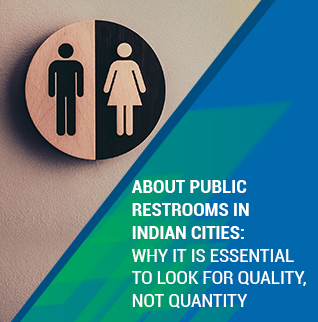


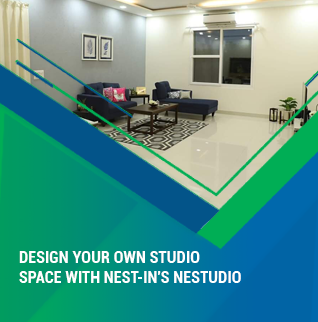






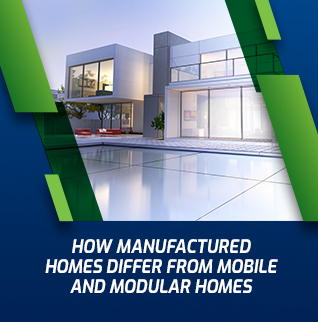






























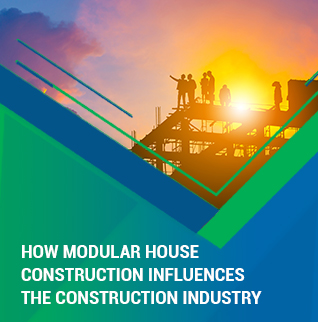
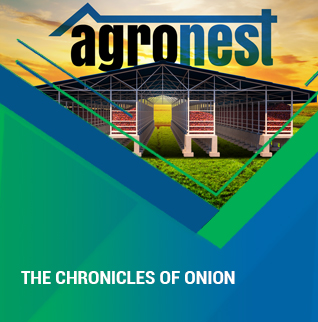
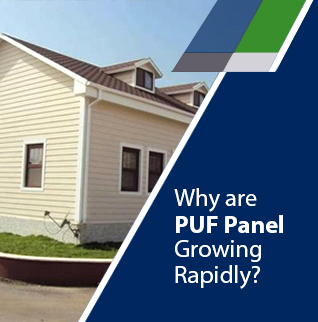






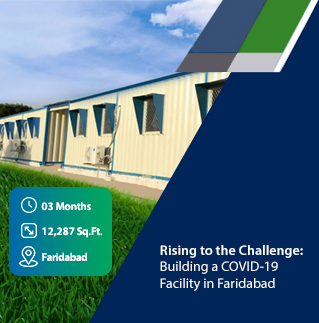









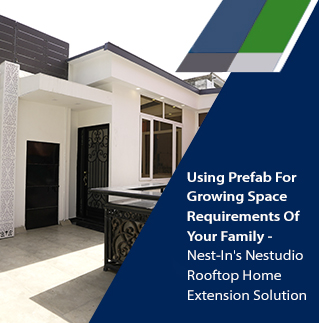

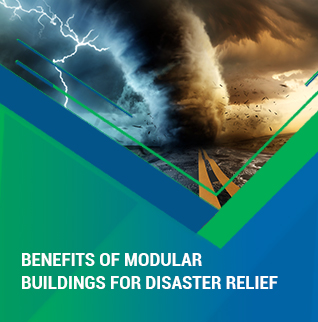
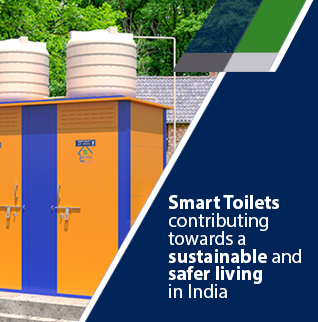






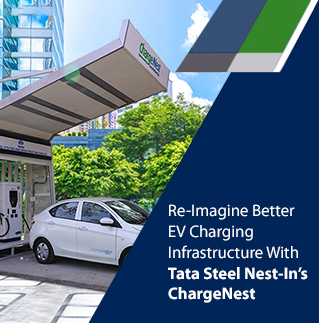
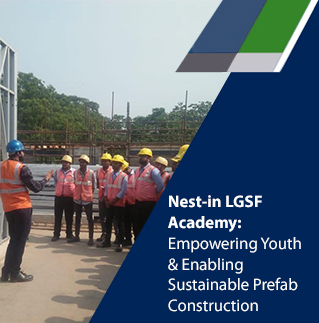




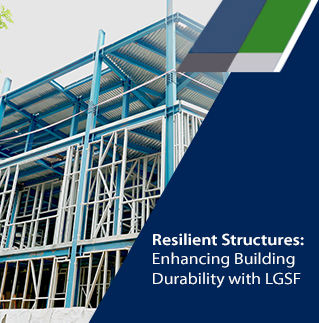


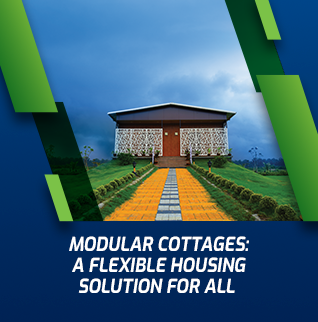











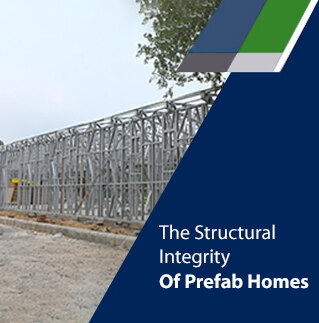















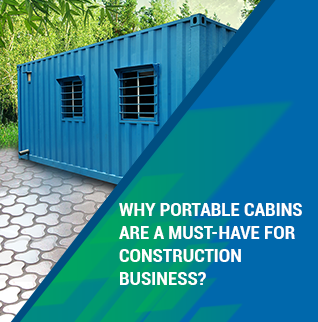

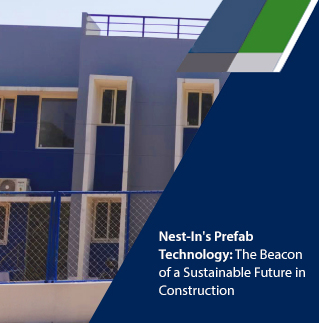


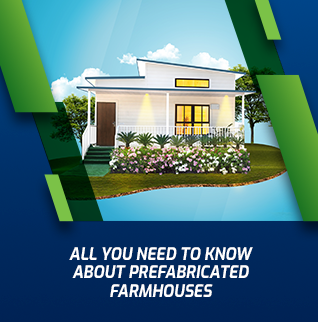



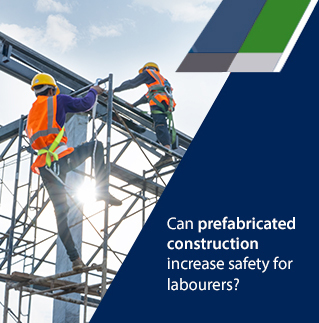
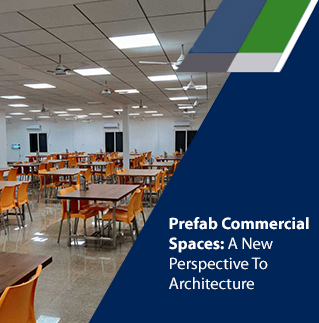

















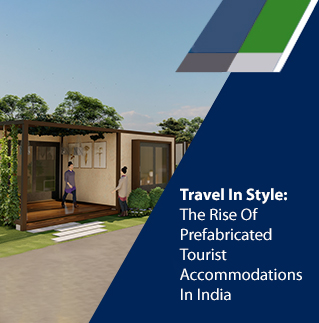


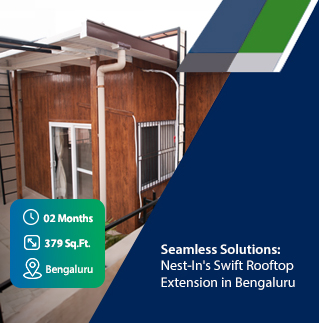


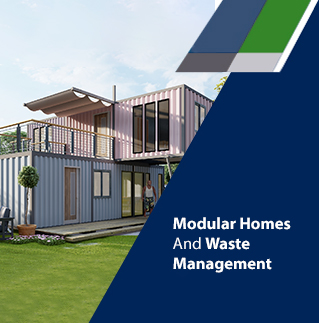













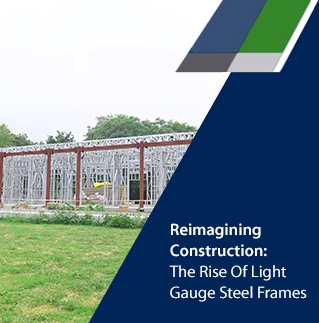
















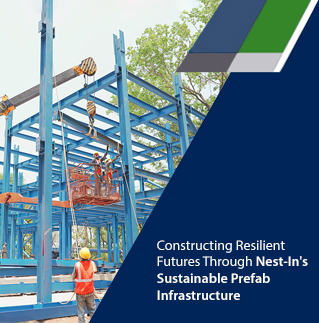



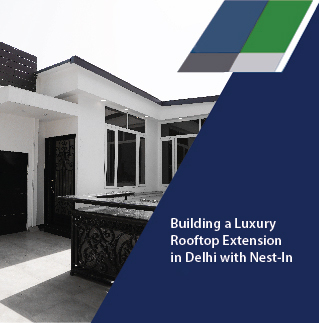





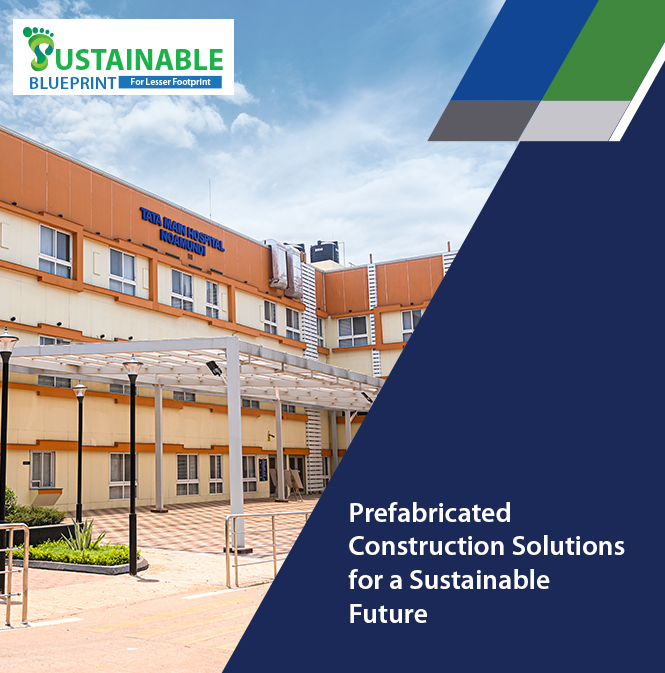






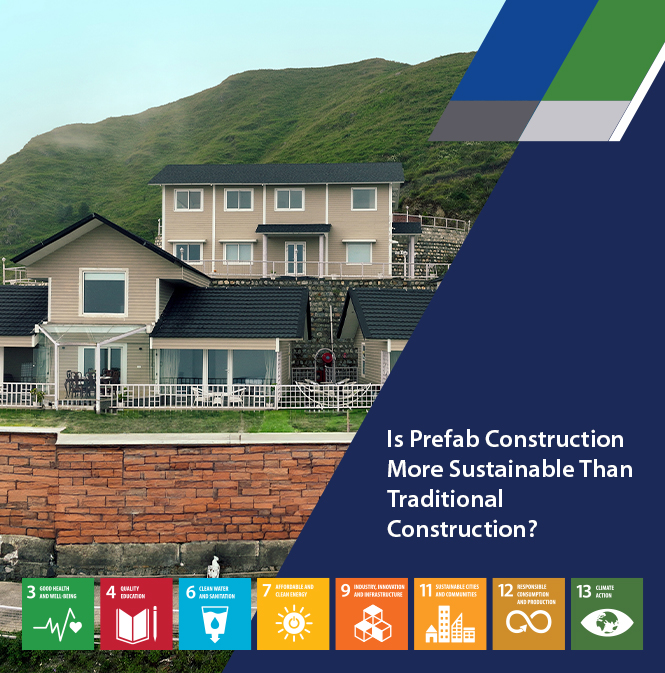


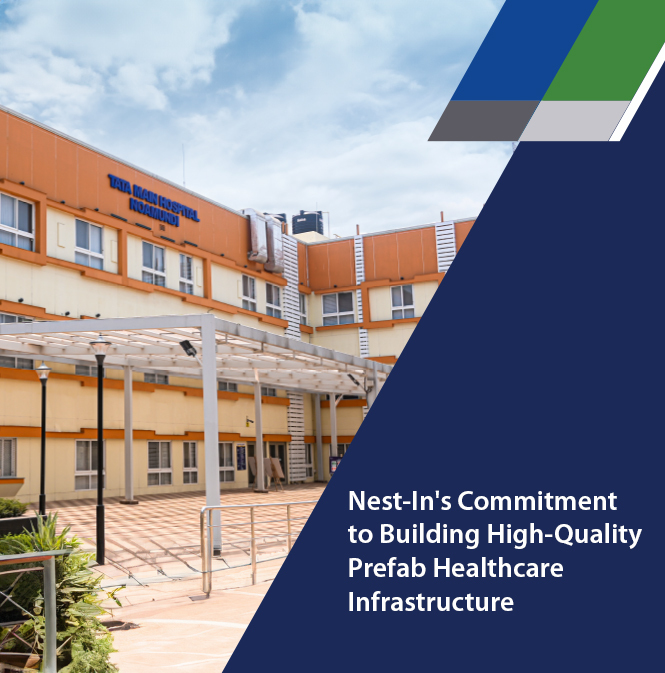


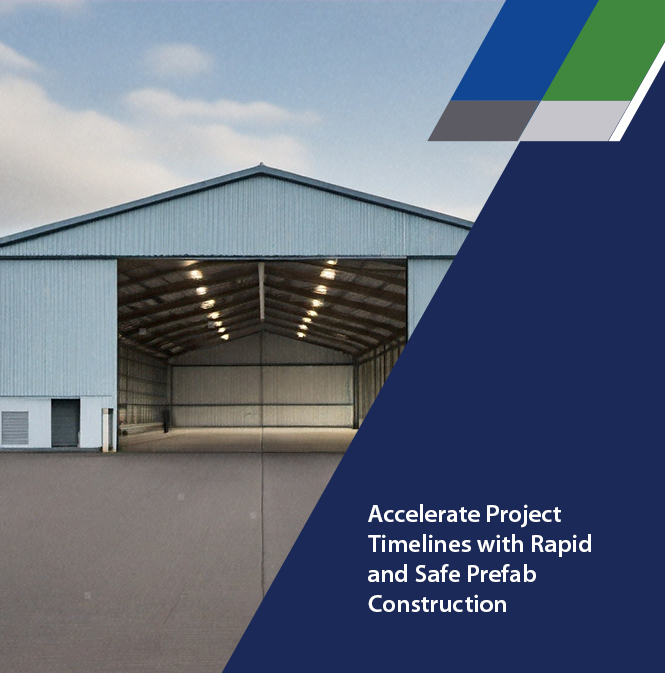
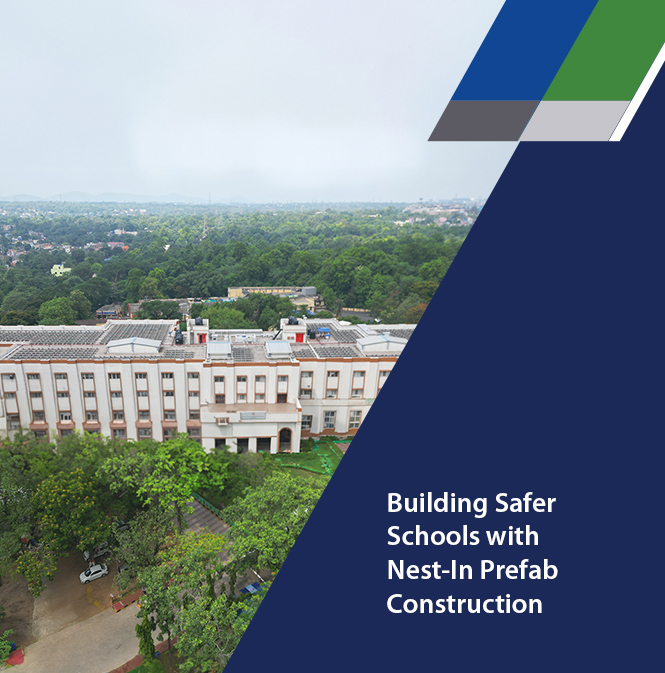



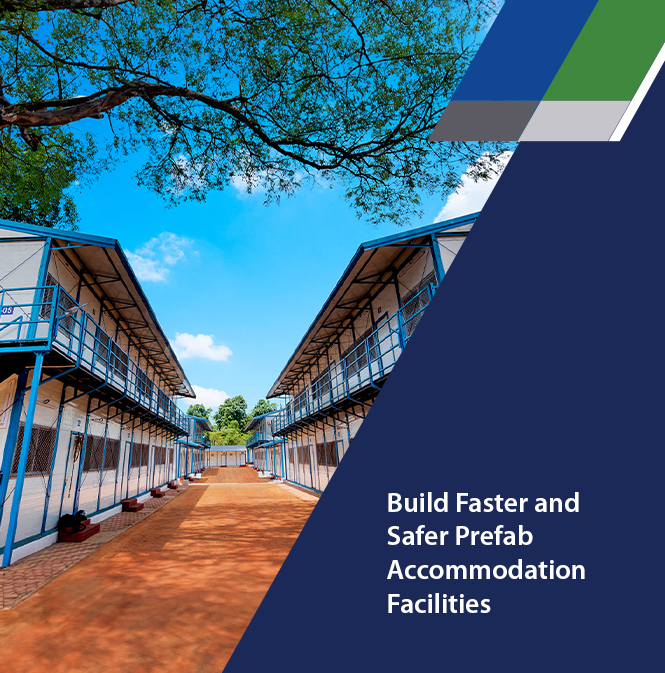

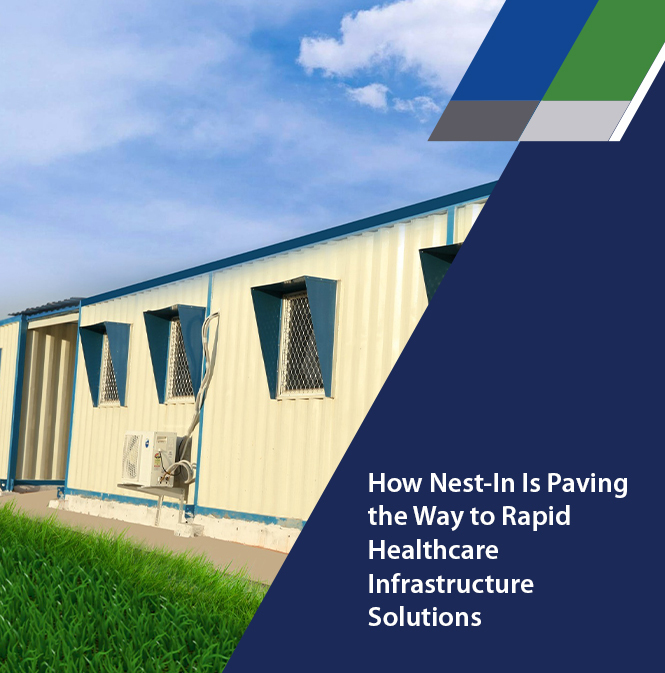
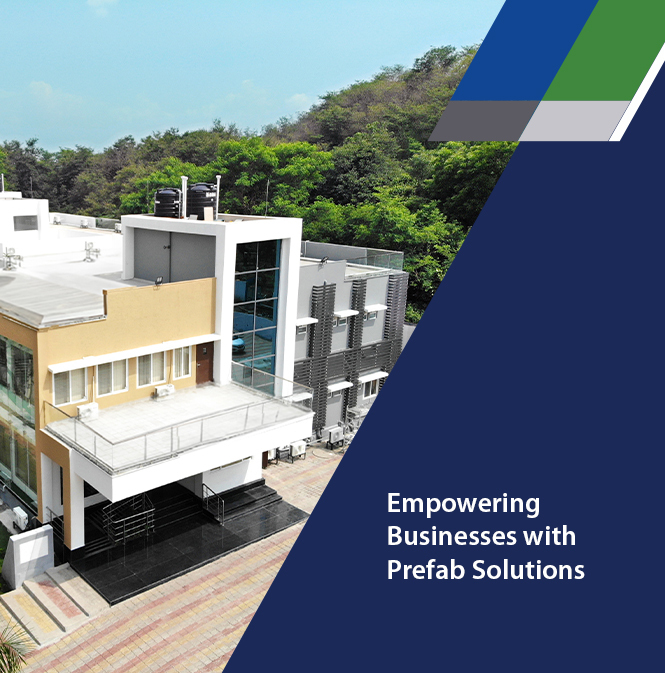
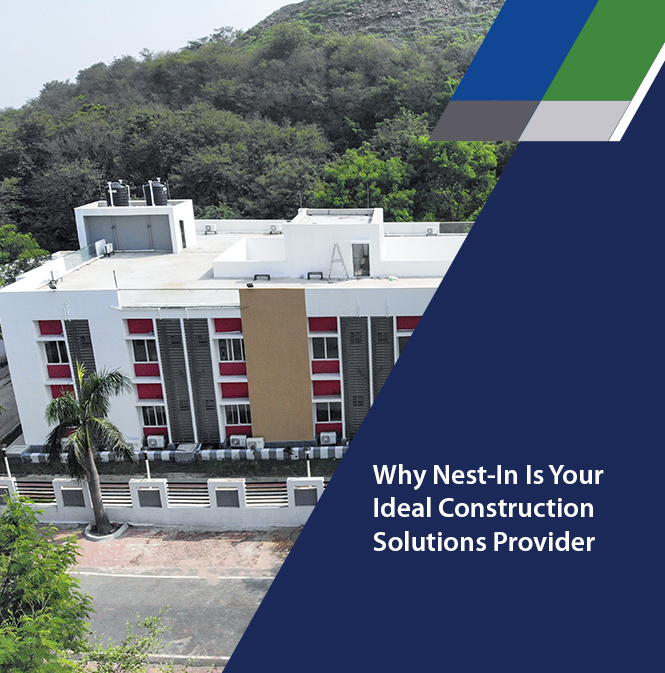





Add comment